Packages & Tutorials
Engineering Files & Tools
Software
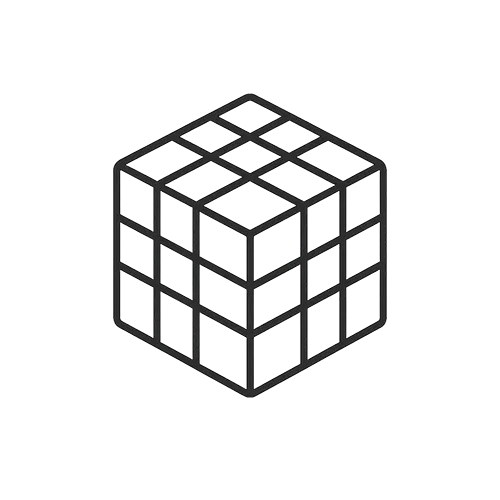
Ready-to-use Models (FEA/CFD)
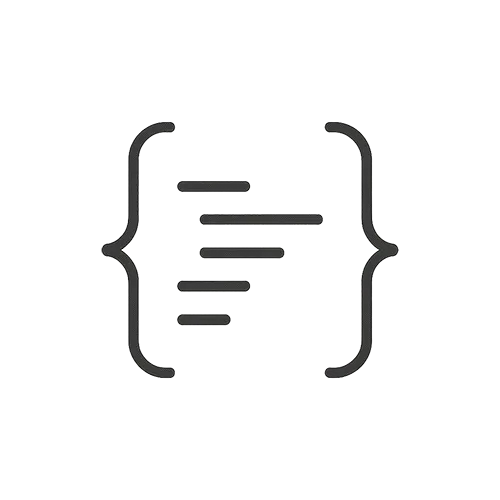
Excel Sheets & Hand Calculations
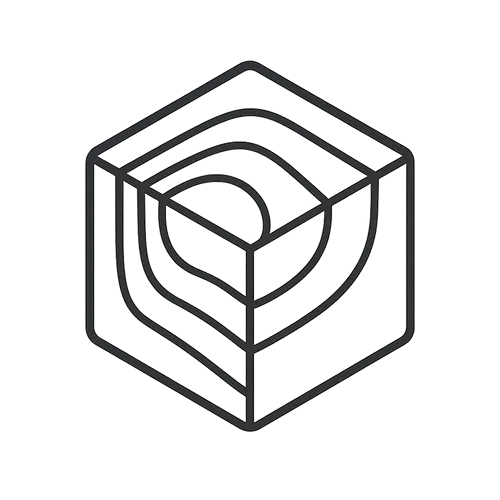




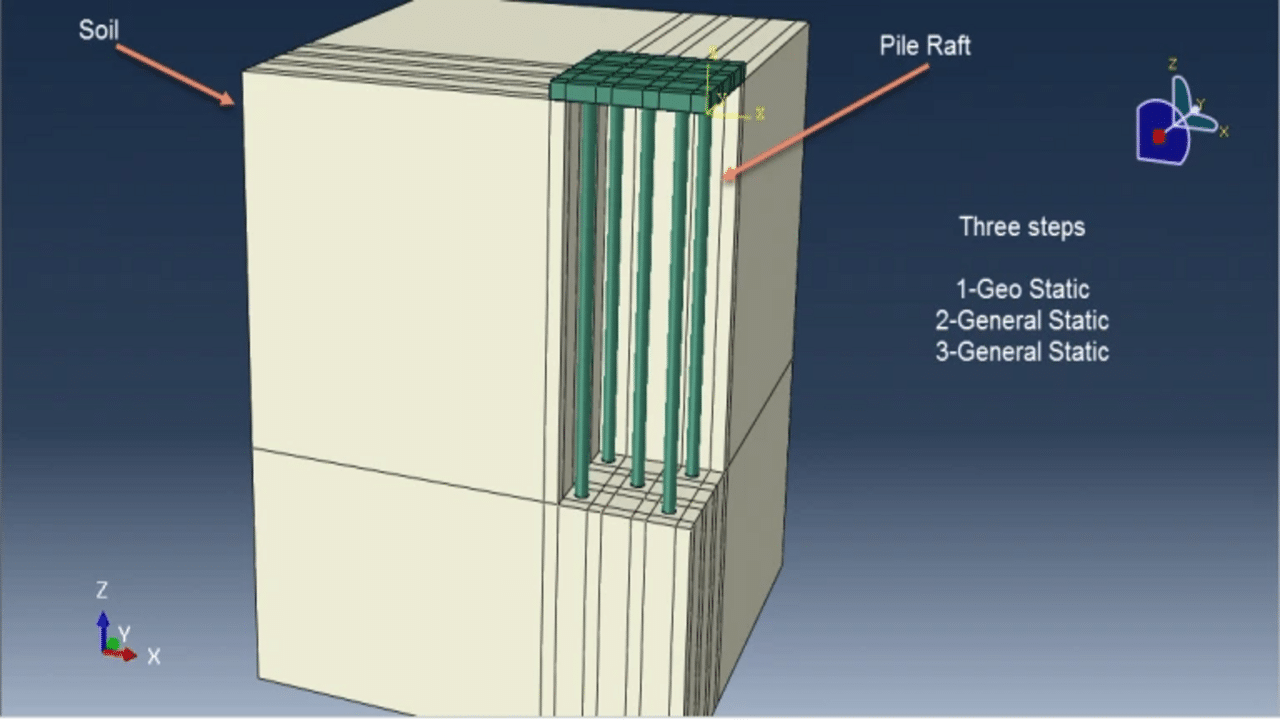
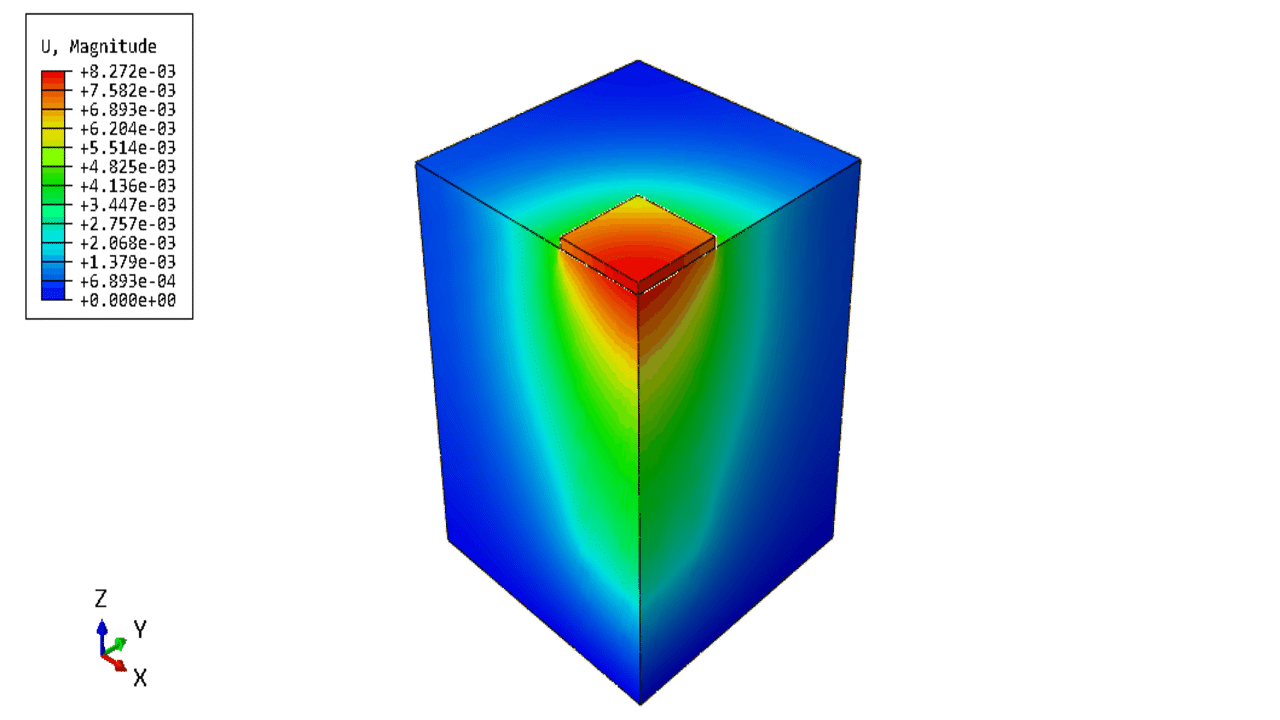
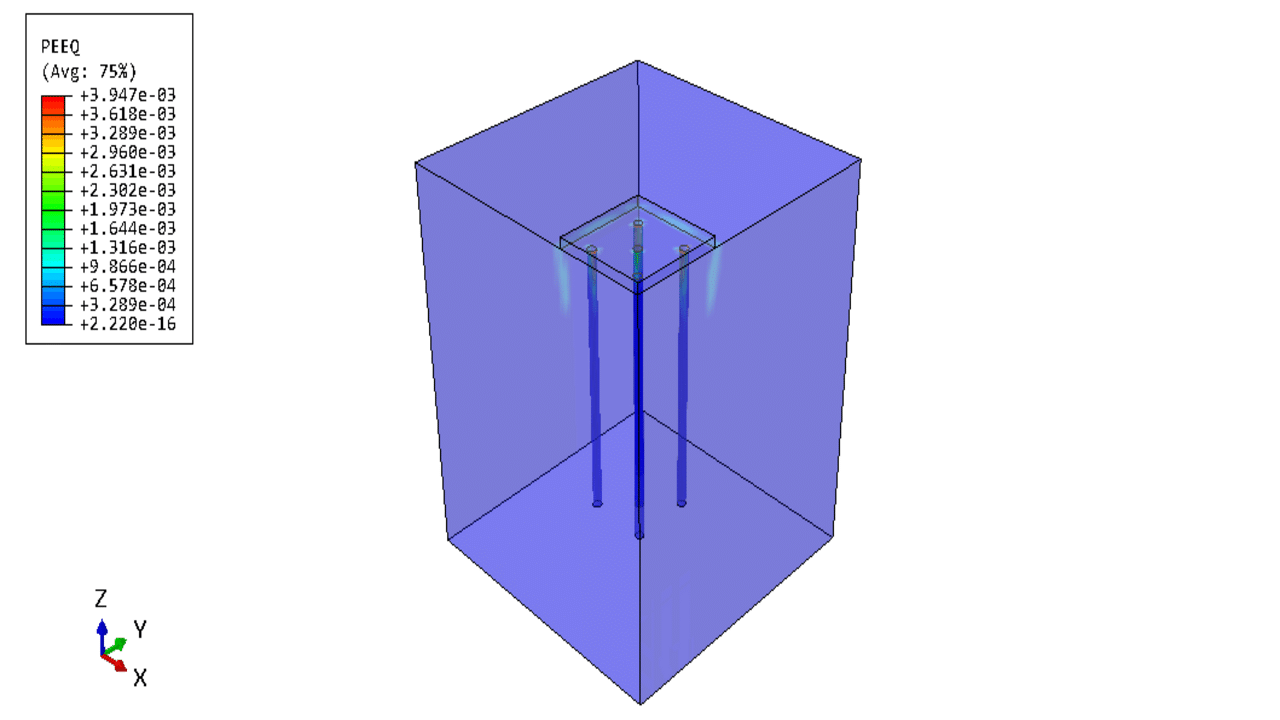
Product Overview:
This tutorial focuses on the simulation of earthquake effects on a concrete tunnel interacting with soil using Abaqus. Traditionally, the tunnel industry has viewed tunnels—particularly those constructed in rock—as naturally resistant to seismic events, including faulting, shaking, and ground failure. However, with more case studies of tunnels exposed to seismic activity, the industry has recognized that while rock tunnels show good resistance to earthquakes with peak ground accelerations (PGA) below 0.5 g, it is crucial to consider the dynamic forces and displacements induced by seismic ground motions during the design phase to achieve a more reliable structure. In this simulation, the soil and concrete tunnel are modeled as two-dimensional elements, where the Concrete Damage Plasticity (CDP) model is applied to the concrete, and the Mohr-Coulomb plasticity model is used for the soil.
The analysis is conducted in three stages. In the first stage, the soil weight is applied to the soil part. In the second stage, gravity is applied to all components, and in the third stage, the seismic acceleration is introduced to the assembled model. Geostatic stress is assigned to the soil using a predefined field. During the simulation, tensile damage can be observed in the concrete tunnel, and plastic strain appears in the soil.
Key Topics:


Dynamic
€1,00 €0,00
See more

Want to receive push notifications for all major on-site activities?